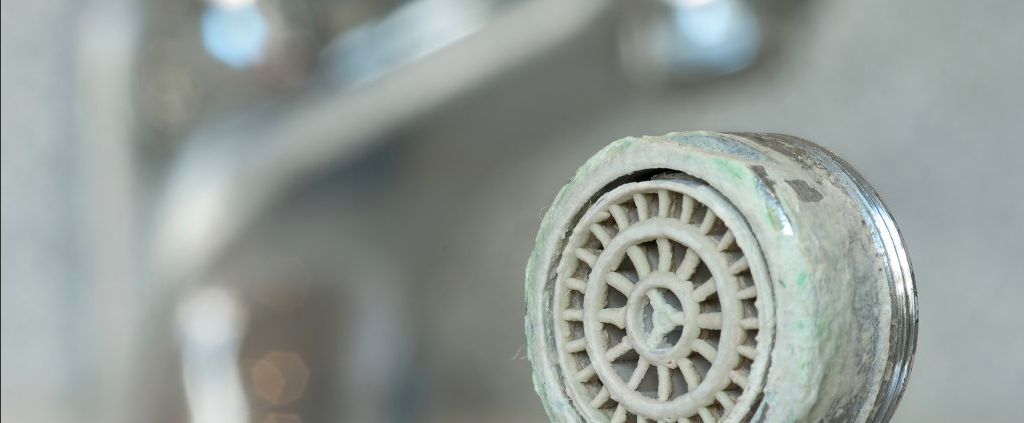How water hardness arises and affects it
Many feel that the water is hard as annoying. Limescale causes a number of problems in the household, such as constant cleaning, descaling or even broken appliances. But why is our drinking water hard? To understand this, let’s take a detour into nature.
Hard water – the answer lies in the water cycle
In nature, water is an excellent solvent and means of transport. That is also the reason why lime is even in our drinking water comes. When it rains and water seeps into the ground, it comes into contact with calcareous rock and is enriched with it – the groundwater becomes hard. How calcareous the drinking water is varies from region to region. On the one hand, this is of course related to the composition of the soil; on the other hand, the same amount of groundwater is not used everywhere for drinking water supply.
If you want to remove the lime from the water, you usually use a water softener in your household. In nature, the water cycle does this by itself. When water evaporates, the limescale remains – you are probably familiar with this from limescale stains on kitchen fittings and shower walls. The water rises in clouds in a natural cycle, the lime remains on the earth. Evaporation in nature purifies water in the best possible way.
Calcium, magnesium and the chemistry behind them
The lime in water is composed of various minerals, calcium and magnesium are the two most important of them. They are also called hardeners. The exact chemical name for the hardness in water is calcium hydrogen carbonate. And that happens when carbon dioxide reacts with lime in the water. To put it simply: the natural carbonic acid in the water dissolves the lime from the limestone. And that stays in the drinking water in the form of calcium hydrogen carbonate.
Each of us consumed around 135 liters of water every day, of which we only drink one to two liters on average. Calcium and magnesium dissolved in drinking water are healthy for humans. Almost 99% of the water we use does not flow through our bodies, but through our household appliances. And for kettles, coffee machines or boiler, lime is anything but healthy. When the water is hard, heating rods and heating coils become calcified. Lines and pipes clog and only let water through slowly. Energy consumption also increases. A layer of limescale just one millimeter thick – for example on the bottom of your kettle – requires ten percent more energy. More soap or detergent is used when washing. Lime binds cleaning agents and thus increases your household expenses.
Why does the lime deposit?
Problems with limescale usually arise where water is heated. Because from 60 ° C the lime precipitates and is deposited on boilers or pipes. Responsible for this is the so-called carbonate hardness – calcium and magnesium dissolved in the water. The counterpart to this is the non-carbonate hardness. This consists of the other minerals dissolved in the water and does not change when heated. Both together result in the total hardness, which you can determine yourself with the help of simple means.
If you know your total hardness, you don’t know the carbonate hardness. With a water hardness of 20 ° dH and an annual consumption of 150 cubic meters of water, more than 50 kilograms of lime are pumped through the household every year. How much of it is carbonate hardness and is deposited cannot be said in general terms. A few kilos of lime are left behind in pipes and devices due to heating. The same degree of hardness therefore does not necessarily result in the same limescale deposits. Effects on the skin or the detergent consumption remains the same with the same hardness.
Why do we say water hardness
By the way, it is not exactly clear why the term “hardness” is used for this. From some quarters one hears the theory that the term comes from the field of laundry. Hard water makes the laundry hard after drying. The expression could also have originated from cooking. Deposits that arise when heated are simply “hard”. Either way: The terms “hard” and “soft” have become common over the centuries.



